Hanif Kara on building materials, the transition from old to new, and a healthy dose of realism
Hanif Kara, co-founder of structural engineering practice AKT II, discusses building materials and the future of sustainability

Hanif Kara is calling for calm. It's true; in the hierarchy of building materials, long-standing stalwarts are facing a major image crisis. It’s not difficult to see why. As the construction and real estate sectors battle to reduce their colossal carbon footprints, non-renewable materials harbouring high levels of embodied carbon such as concrete and steel are problematic in their current form.
In the midst of the frantic race to build better, the world-renowned structural engineer flags that we are at the start of a 20-year transition period. One that will not only see natural materials being deployed more frequently, but which will allow for necessary research and testing to be done to “clean up” others he believes are being unfairly vilified.
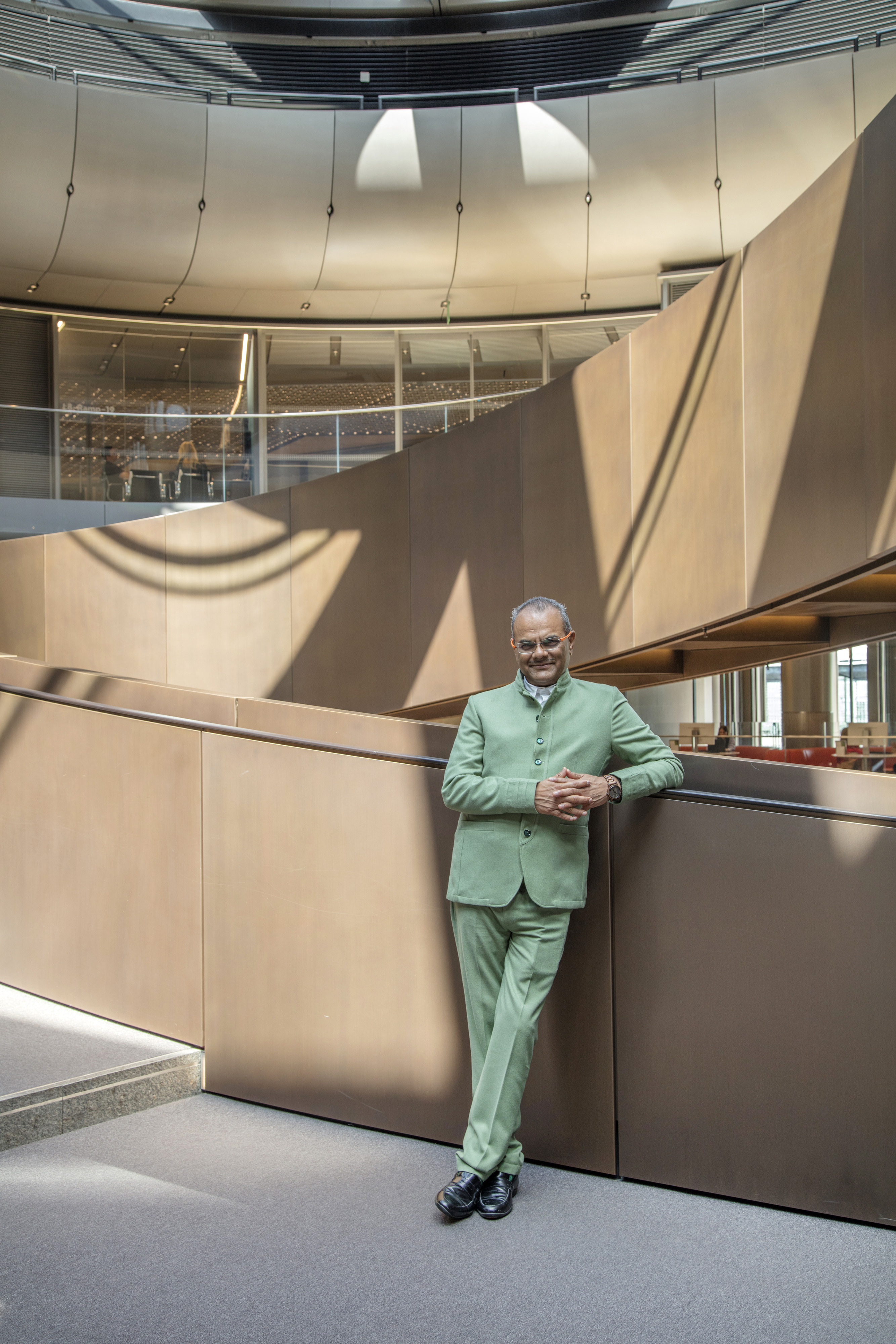
Hanif Kara at the Bloomberg European HQ
Hanif Kara - 'The days of building with anything in abundance are over'
'The days of building with anything in abundance are over,' says the co-founder of London-based structural engineering practice AKT II. 'But that doesn’t mean we should demonise steel and concrete rather than trying to make them better. Nor should we overemphasise the benefits of materials like straw and mud bricks because you can’t build with those at volume.'
The engineer’s role, he says, is to help the wider real estate industry navigate the transition from old materials to new with a healthy dose of realism.

AlMusalla Prize 2024 (EAST Architecture Studio)
A smooth transition
While Kara, who became the first engineer to be awarded the Soane Medal for architecture in October this year, is committed to showcasing the successful use of natural materials, there remain limitations to widespread deployment.
The 2024 AlMusalla pavilion in Saudi Arabia made from palm wood composite - AKT II’s suggestion - is a prime example. A powerful demonstration of what can be achieved using traditional, regional materials. But until the technology to sustainably manufacture and build with them is readily available, they are an unrealistic replacement for non-renewables on a large scale.

Haus Gables (Jennifer Bonner (MALL))
Trialling and testing cleaner versions of concrete and steel is one way of plugging the gap. Kara is characteristically bold on this and AKT II led one of the first uses of Earth Friendly Concrete (EFC) piles on British Land’s 53-acre Canada Water project in November 2020, saving 240 tons of carbon emissions.
Wallpaper* Newsletter
Receive our daily digest of inspiration, escapism and design stories from around the world direct to your inbox.
The practice has also been working with Imperial College and an affiliate company called Seratech to patent and deploy an aggregate in concrete that will make the product cleaner by eliminating the need for lime and cement – “the guilty party” – and give it carbon capturing qualities.
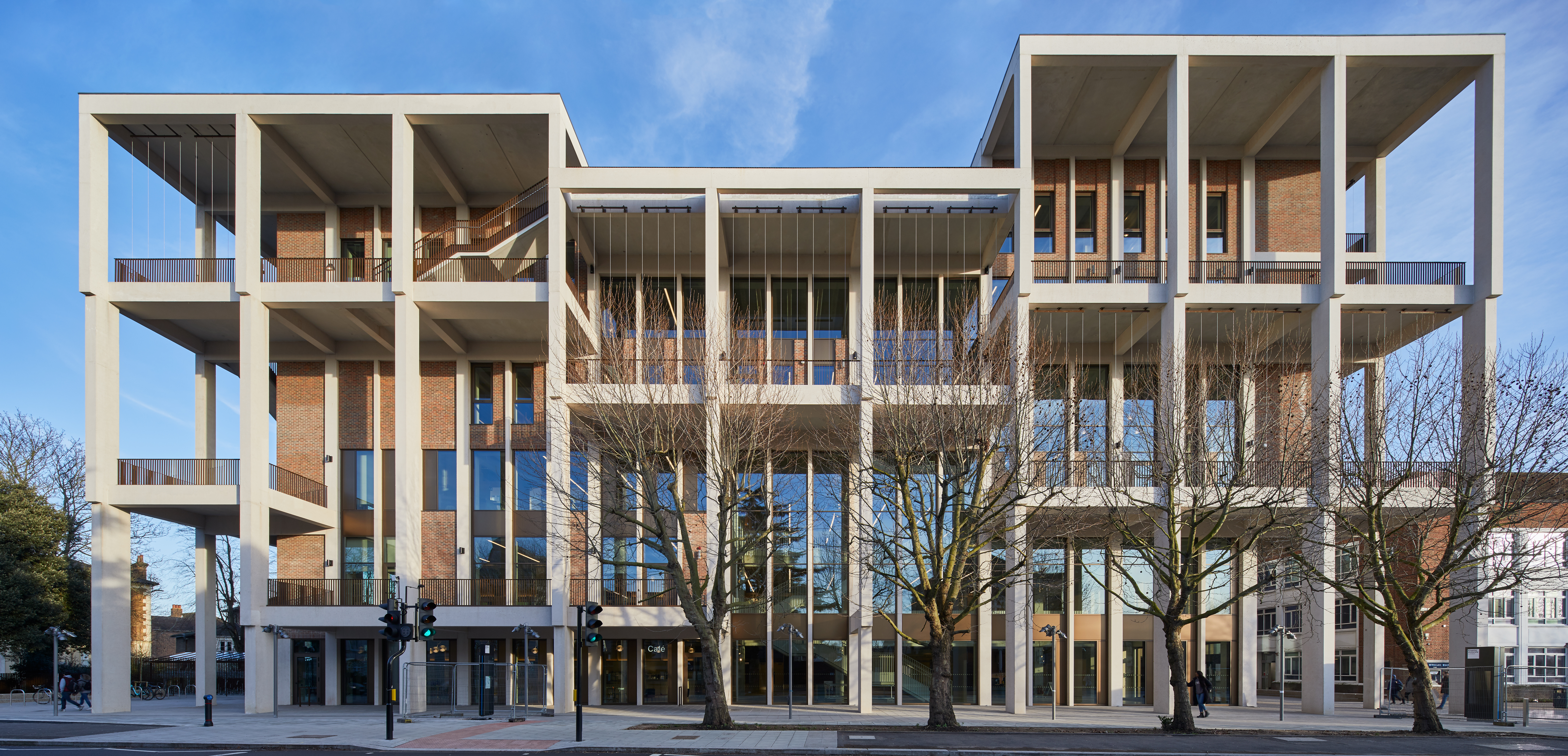
Town House, Kingston University Grafton Architect)
And while Kara might disagree with the demonisation of materials like concrete, he fully supports eliminating their use where possible. 'The way we analyse how buildings sit on the ground has got a lot more sophisticated,' he says. 'This means we can ask ‘do we really have to pile it’? The industry does not always need to take the overabundant approach we have all become so used to.'
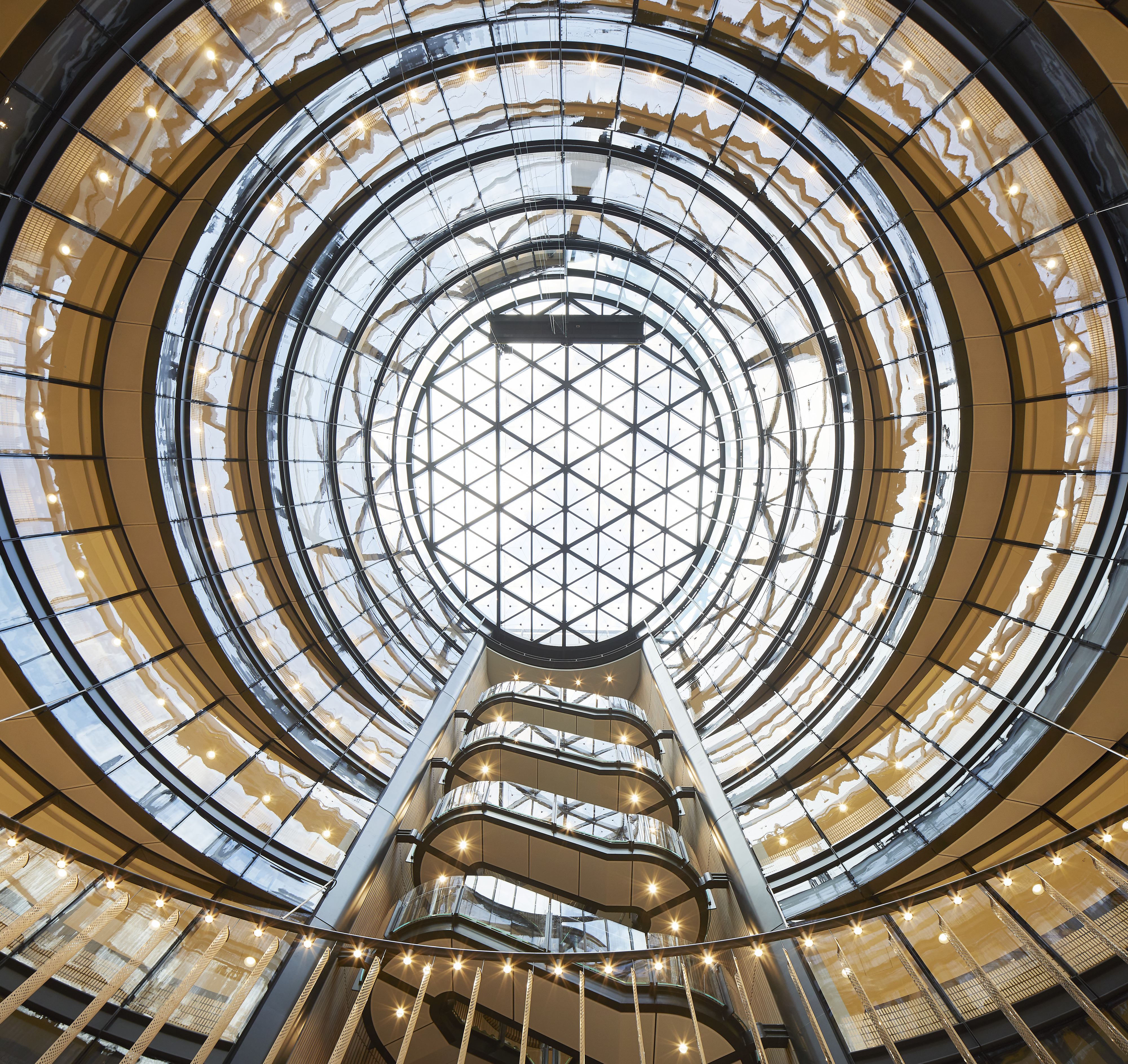
100 Liverpool Street (Hopkins Architects)
Hope at the cliff’s edge
One of the most obvious opportunities for balancing materials old and new is retrofitting. 'You often find there is a lot you can keep,' says Kara. 'The Arding & Hobbs building in Clapham is a current example of this. We worked out how to take the building from what it was to what it needs to be and asked ourselves ‘by keeping that [material] can we still put the building to use?’ Then we have had to choose our new materials very carefully - and that’s where the research into cleaning up concrete and steel is so important - so as not to cancel out everything we are saving. Can we use less steel? Can we find better steel? Or second-hand steel? These are all conversations going on across the industry around retrofitting.
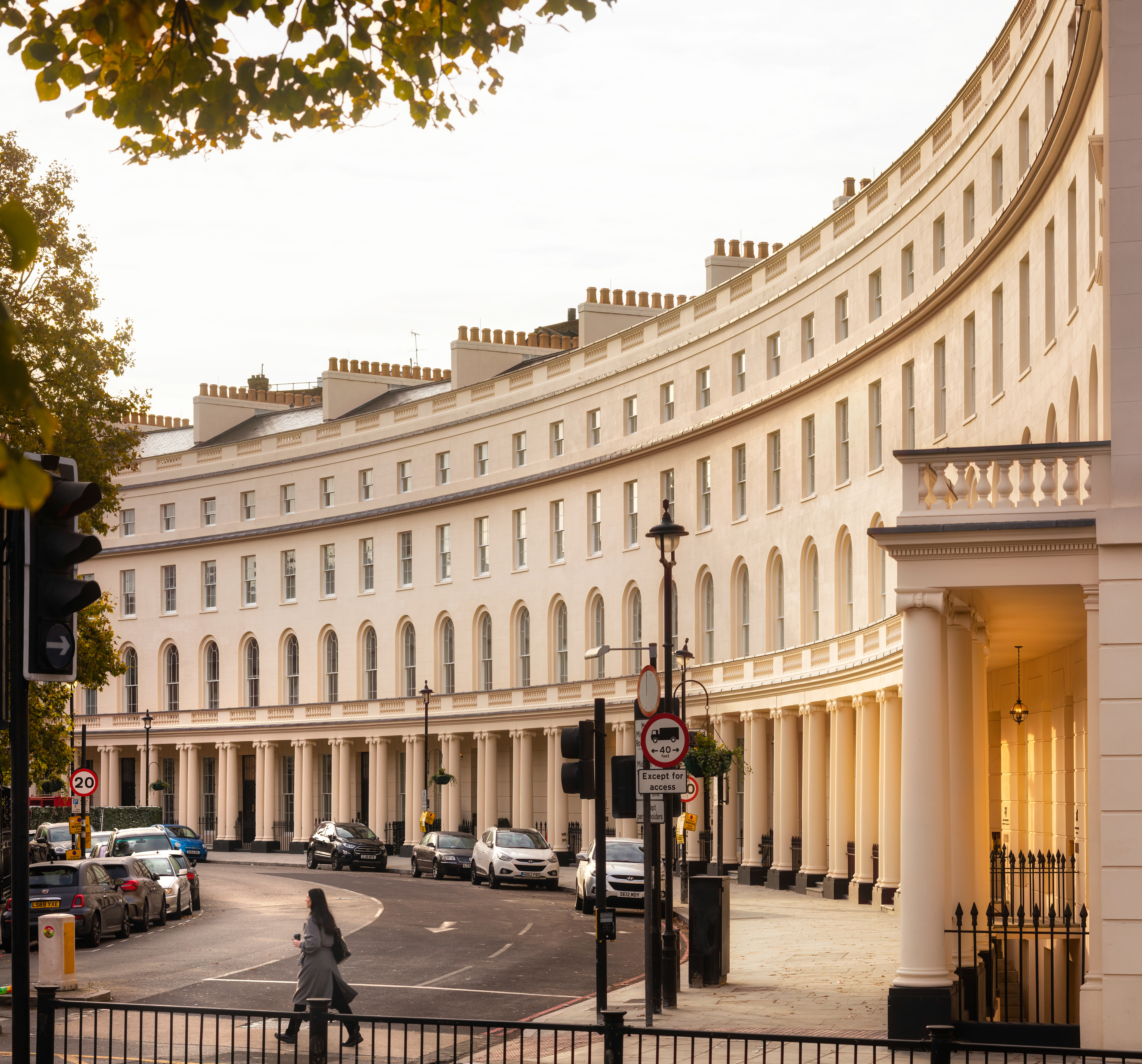
Regent's Crescent Studio PDP
'There are so many things being tested and researched, and a lot of people are working very hard to address the impact of building materials on the planet,' he adds. 'Despite the fact we can see the cliff’s edge now, there is a trajectory of improvement. And that gives me a lot of hope. We are heading in the right direction.'
-
 Extreme Cashmere reimagines retail with its new Amsterdam store: ‘You want to take your shoes off and stay’
Extreme Cashmere reimagines retail with its new Amsterdam store: ‘You want to take your shoes off and stay’Wallpaper* takes a tour of Extreme Cashmere’s new Amsterdam store, a space which reflects the label’s famed hospitality and unconventional approach to knitwear
By Jack Moss
-
 Titanium watches are strong, light and enduring: here are some of the best
Titanium watches are strong, light and enduring: here are some of the bestBrands including Bremont, Christopher Ward and Grand Seiko are exploring the possibilities of titanium watches
By Chris Hall
-
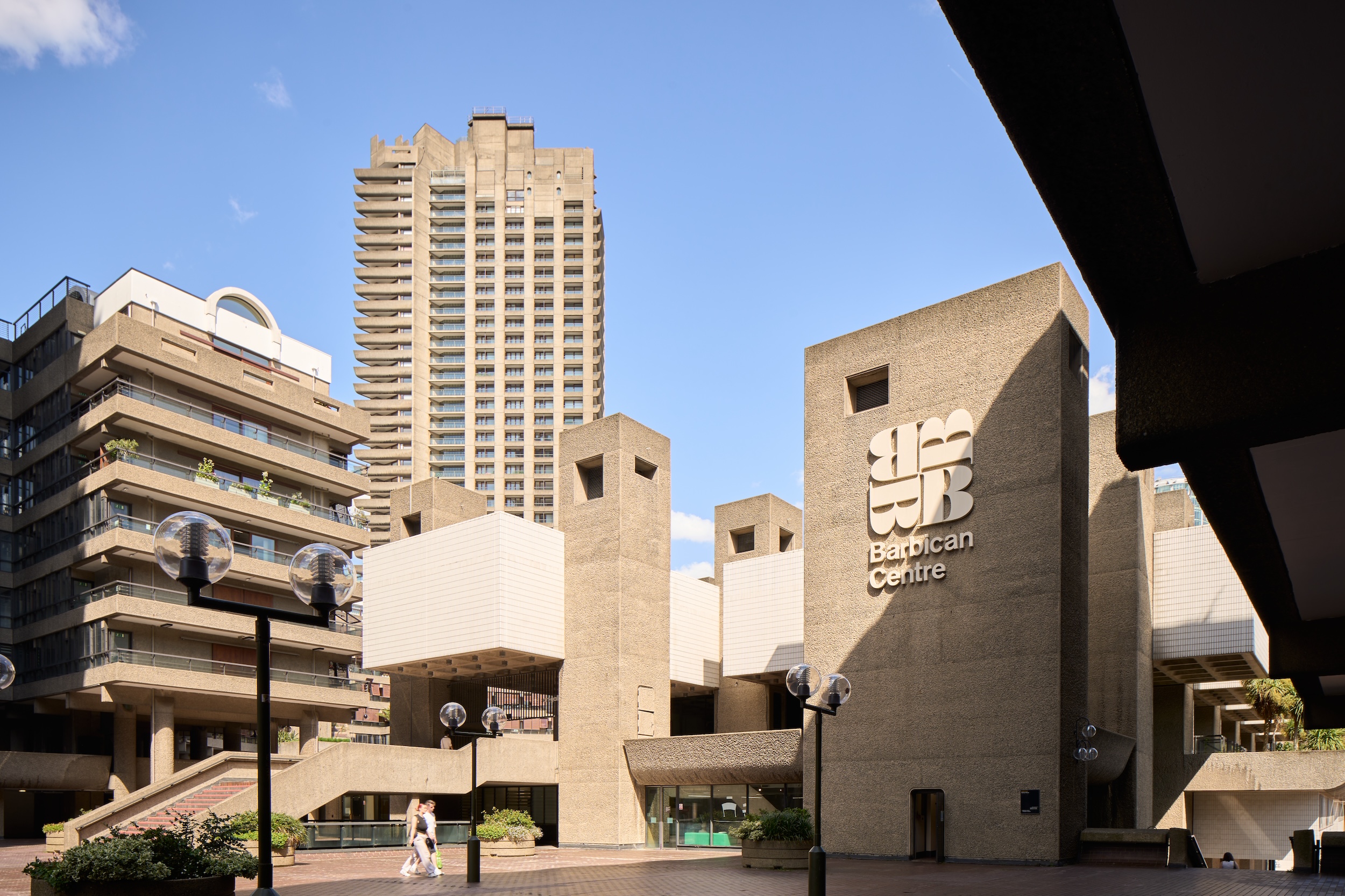 Warp Records announces its first event in over a decade at the Barbican
Warp Records announces its first event in over a decade at the Barbican‘A Warp Happening,' landing 14 June, is guaranteed to be an epic day out
By Tianna Williams
-
 A new London house delights in robust brutalist detailing and diffused light
A new London house delights in robust brutalist detailing and diffused lightLondon's House in a Walled Garden by Henley Halebrown was designed to dovetail in its historic context
By Jonathan Bell
-
 A Sussex beach house boldly reimagines its seaside typology
A Sussex beach house boldly reimagines its seaside typologyA bold and uncompromising Sussex beach house reconfigures the vernacular to maximise coastal views but maintain privacy
By Jonathan Bell
-
 This 19th-century Hampstead house has a raw concrete staircase at its heart
This 19th-century Hampstead house has a raw concrete staircase at its heartThis Hampstead house, designed by Pinzauer and titled Maresfield Gardens, is a London home blending new design and traditional details
By Tianna Williams
-
 An octogenarian’s north London home is bold with utilitarian authenticity
An octogenarian’s north London home is bold with utilitarian authenticityWoodbury residence is a north London home by Of Architecture, inspired by 20th-century design and rooted in functionality
By Tianna Williams
-
 What is DeafSpace and how can it enhance architecture for everyone?
What is DeafSpace and how can it enhance architecture for everyone?DeafSpace learnings can help create profoundly sense-centric architecture; why shouldn't groundbreaking designs also be inclusive?
By Teshome Douglas-Campbell
-
 The dream of the flat-pack home continues with this elegant modular cabin design from Koto
The dream of the flat-pack home continues with this elegant modular cabin design from KotoThe Niwa modular cabin series by UK-based Koto architects offers a range of elegant retreats, designed for easy installation and a variety of uses
By Jonathan Bell
-
 Are Derwent London's new lounges the future of workspace?
Are Derwent London's new lounges the future of workspace?Property developer Derwent London’s new lounges – created for tenants of its offices – work harder to promote community and connection for their users
By Emily Wright
-
 Showing off its gargoyles and curves, The Gradel Quadrangles opens in Oxford
Showing off its gargoyles and curves, The Gradel Quadrangles opens in OxfordThe Gradel Quadrangles, designed by David Kohn Architects, brings a touch of playfulness to Oxford through a modern interpretation of historical architecture
By Shawn Adams